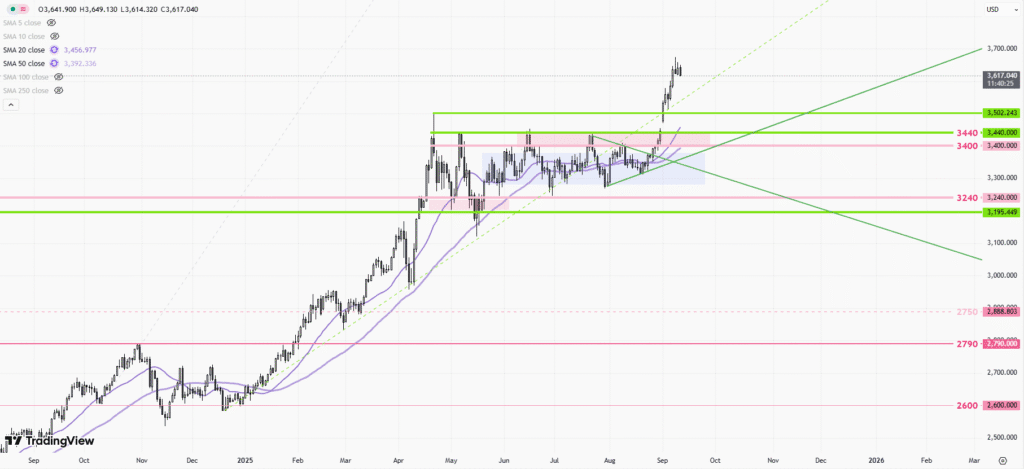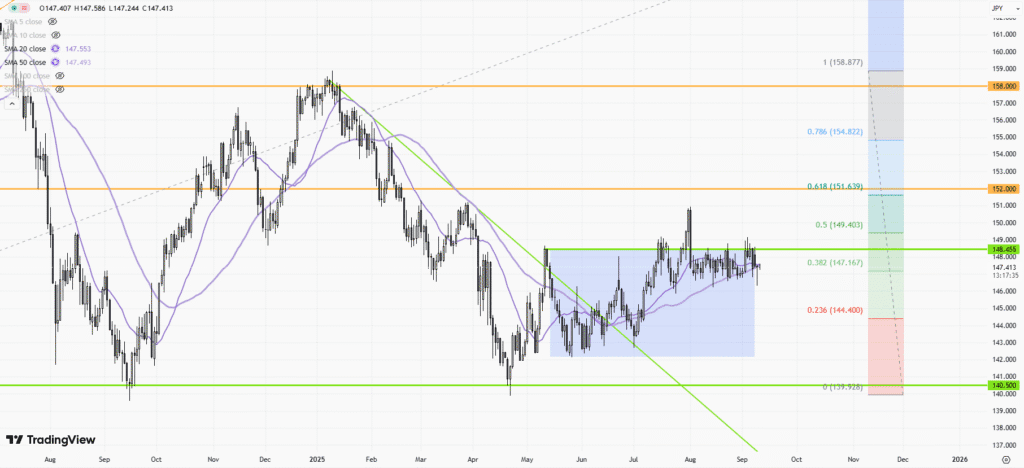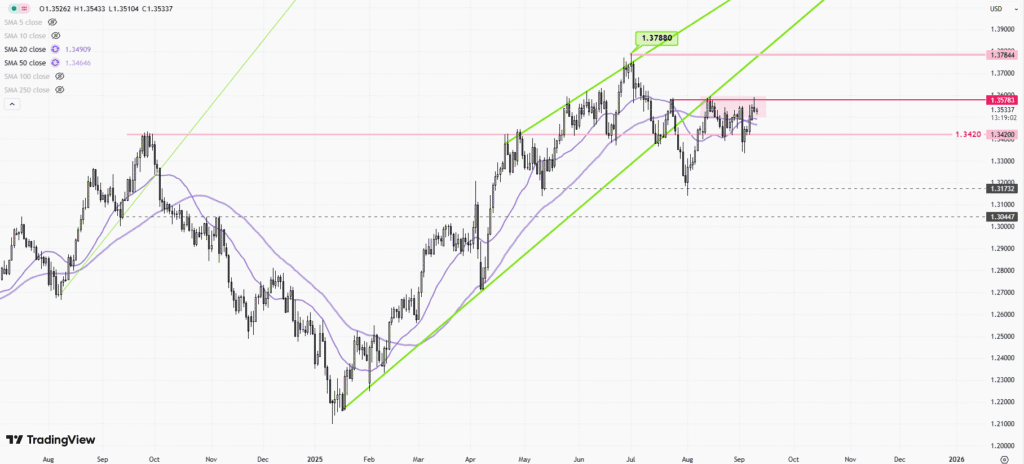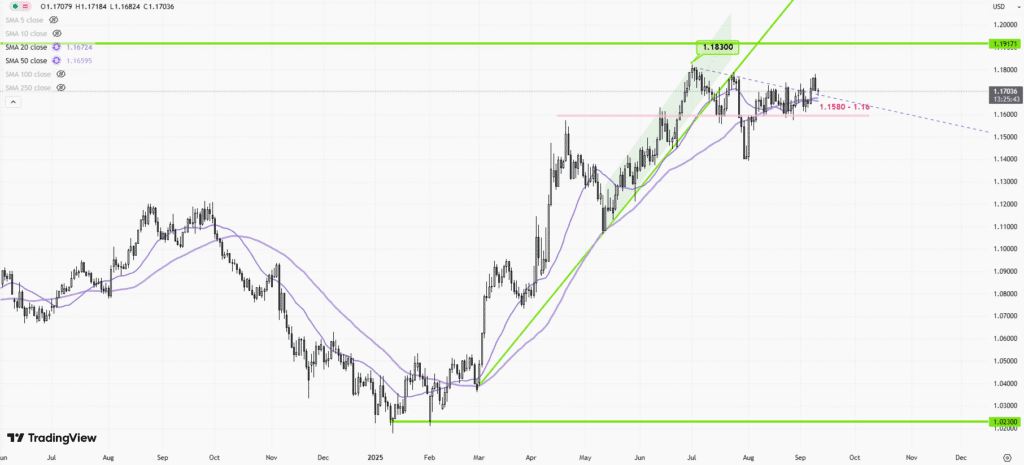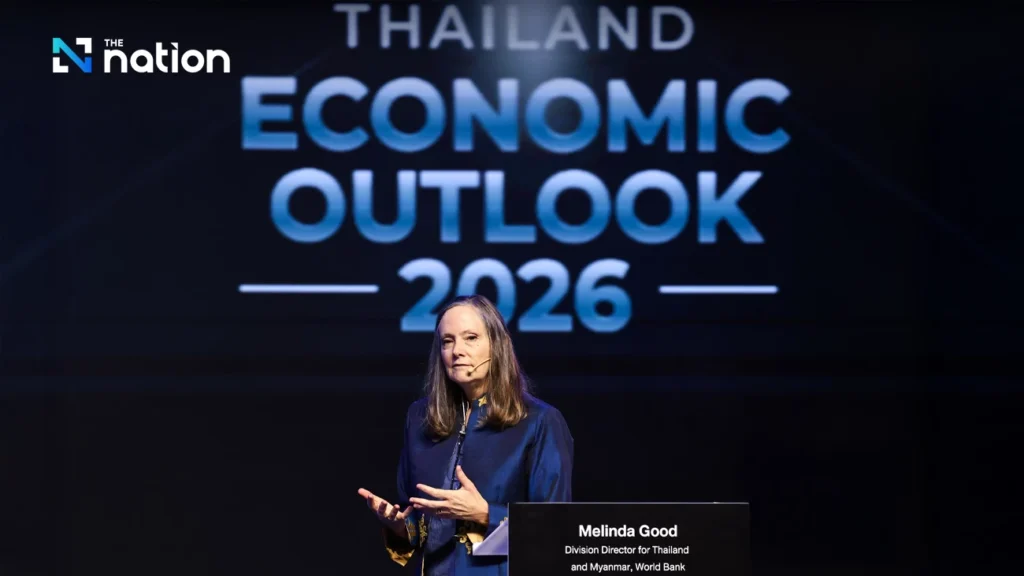 |
| Gold V.1.3.1 signal Telegram Channel (English) |

U.S. Gold Reserves Surpass $1 Trillion Market Value in Historic Surge Amid Global Uncertainty
2025-09-30 @ 01:01
In a year marked by extraordinary market movements, the value of the U.S. gold reserves has surpassed $1 trillion for the first time in history. This dramatic milestone comes as gold prices have soared nearly 45% since the beginning of 2025, recently cresting above $3,825 per ounce. Despite this record valuation in the open market, official U.S. government records still value these reserves at just over $11 billion, a figure frozen in time based on a $42.22 per ounce price set back in 1973.
The U.S. controls the world’s largest stockpile of gold, with roughly 261.5 million ounces (about 8,133 tonnes) in storage. The bulk of these reserves sit securely in the legendary Fort Knox vault, with the remainder distributed between West Point, the Denver Mint, and a vault beneath the New York Federal Reserve. To put the recent surge in perspective, the current market value of America’s gold stash is now more than 90 times the number printed on official U.S. balance sheets.
This surge is the result of heightened market instability driven by persistent trade tensions, rising geopolitical risks, and growing anxieties over potential U.S. government funding crises. These factors have combined to fuel a major shift toward safe-haven assets. Gold’s role as the ultimate store of value has rarely been more in demand, with robust inflows to gold-backed exchange-traded funds (ETFs) and renewed interest as the Federal Reserve resumed its cycle of interest rate cuts.
The gold rally has prompted more than just market headlines. Early in 2025, Treasury Secretary Scott Bessent ignited speculation when he casually mentioned the possibility of “marking” the nation’s gold hoard to current market prices. Analysts sprung into action, suggesting that such a move could unlock hundreds of billions of dollars in fiscal maneuvering room for the government. However, Bessent swiftly walked back the remarks, and administration officials confirmed that there are no current plans to revalue the gold for accounting or spending purposes.
Nonetheless, the gap between the official and market value of U.S. gold reserves has become impossible to ignore. If Washington chose to update its books to reflect today’s prices, the windfall—estimated at nearly $1 trillion—could theoretically cover about half of the $1.97 trillion budget gap reported through the end of August. Such a revaluation would not be unprecedented; countries like Germany, Italy, and South Africa have reassessed their reserves to market rates in recent years, adjusting their fiscal outlooks accordingly.
Beyond U.S. borders, gold’s global significance has only intensified. As of May 2025, central banks worldwide collectively hold over 36,000 tonnes of the precious metal. For the first time since 1996, central banks have more gold in their reserves than U.S. Treasury securities, underscoring the metal’s renewed role as a bulwark against currency and economic volatility. India, for example, now holds more than 876 tonnes of gold, while investors in markets from Dubai to London have watched local gold prices smash through historic records.
Amid sky-high valuations, conspiracy theories and calls for greater transparency have returned. In February, offhand remarks by high-profile figures stoked rumors that Fort Knox’s iconic vaults might not contain as much gold as claimed. These concerns, coupled with the vast and growing disparity between book value and market value, prompted members of Congress to introduce the “Gold Reserve Transparency Act of 2025.” This act would require a comprehensive audit of America’s gold reserves, aiming to provide further reassurance to both lawmakers and the investing public.
The implications of this gold rally are far-reaching. Investors in gold ETFs, as well as major gold-producing companies like Newmont Corporation and Barrick Gold, continue to benefit from higher prices and robust demand. Should the trend persist, gold’s outsized influence on portfolios and central bank balance sheets will only gather momentum as global uncertainty lingers.
In summary, with its gold reserves now valued at over $1 trillion by market standards, the United States finds itself at a financial and political crossroads. Whether or not these reserves are ever “marked to market,” their swelling value has reignited debates about fiscal policy, economic stability, and the enduring power of gold as a financial anchor in times of turbulence. The eyes of the financial world will remain fixed on Fort Knox and Washington as this extraordinary story continues to unfold.


